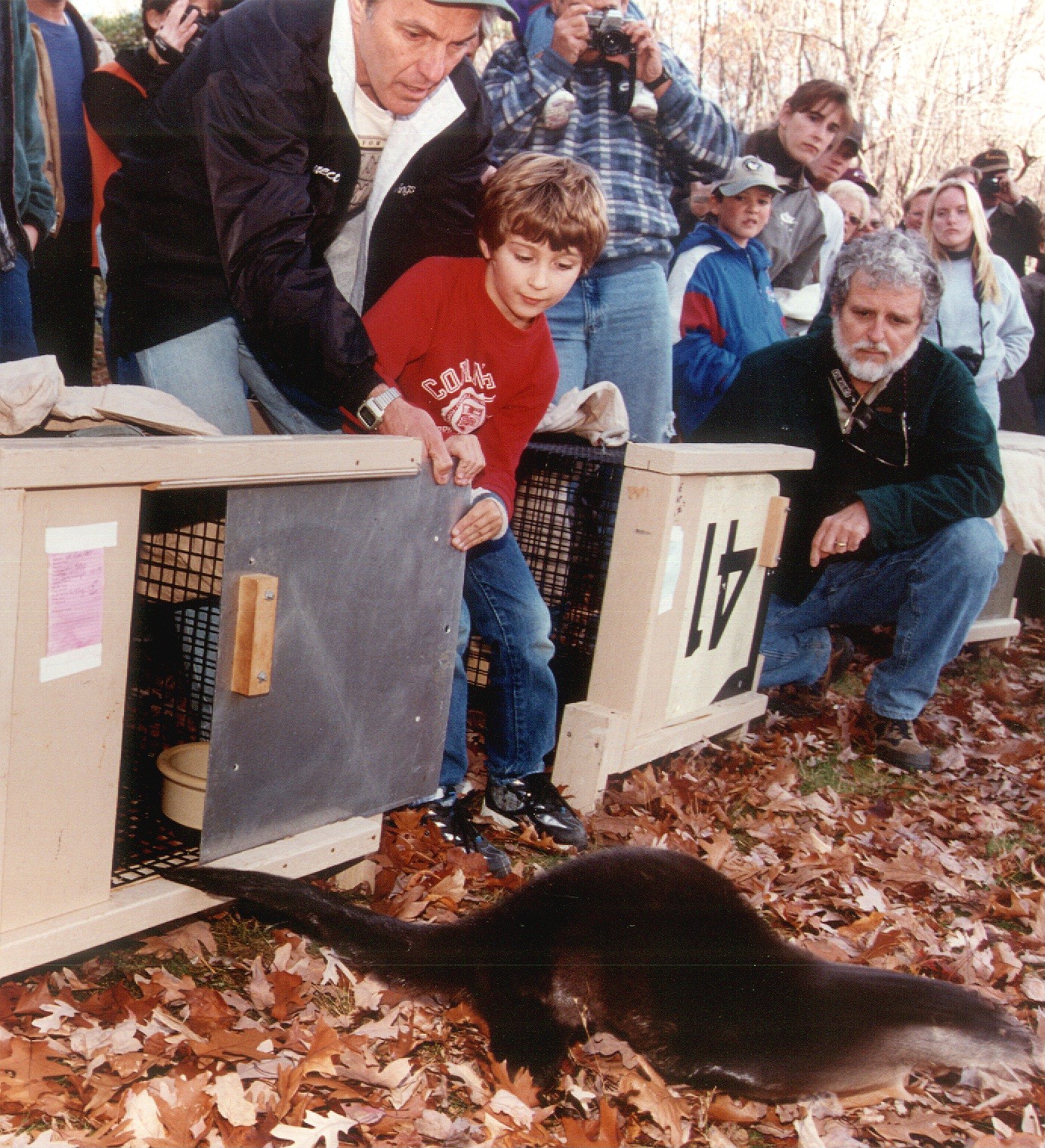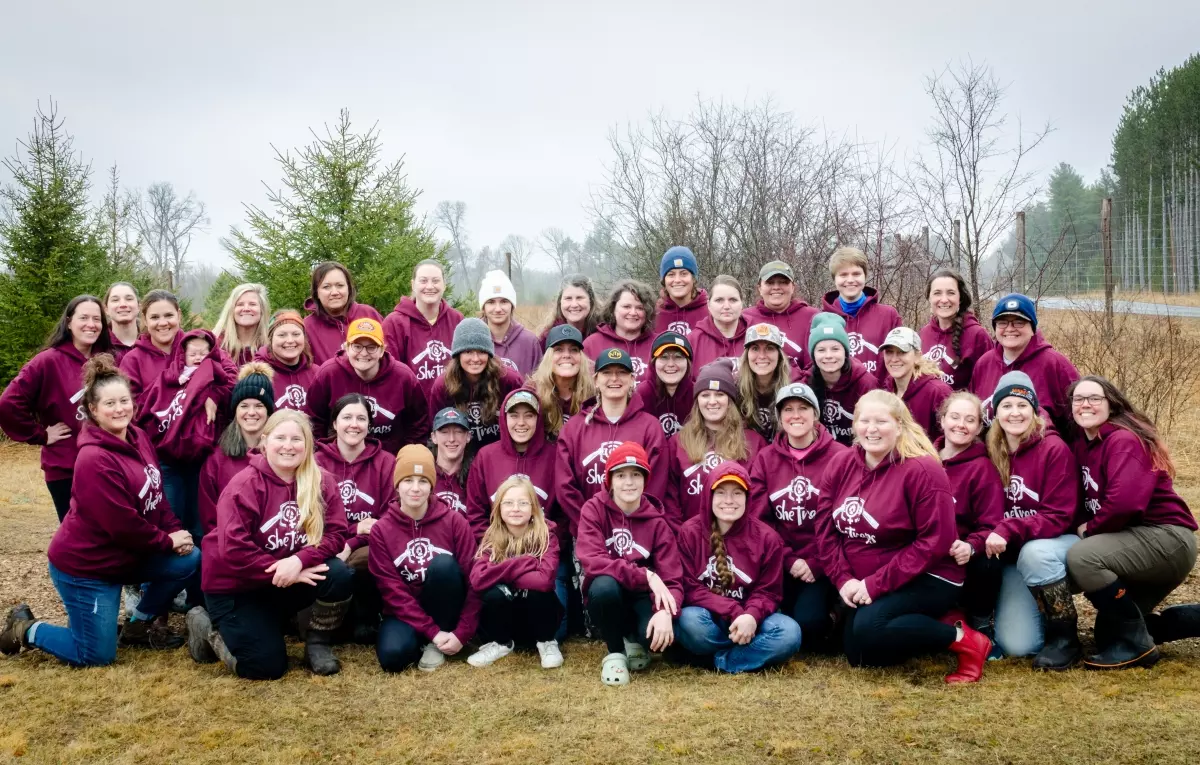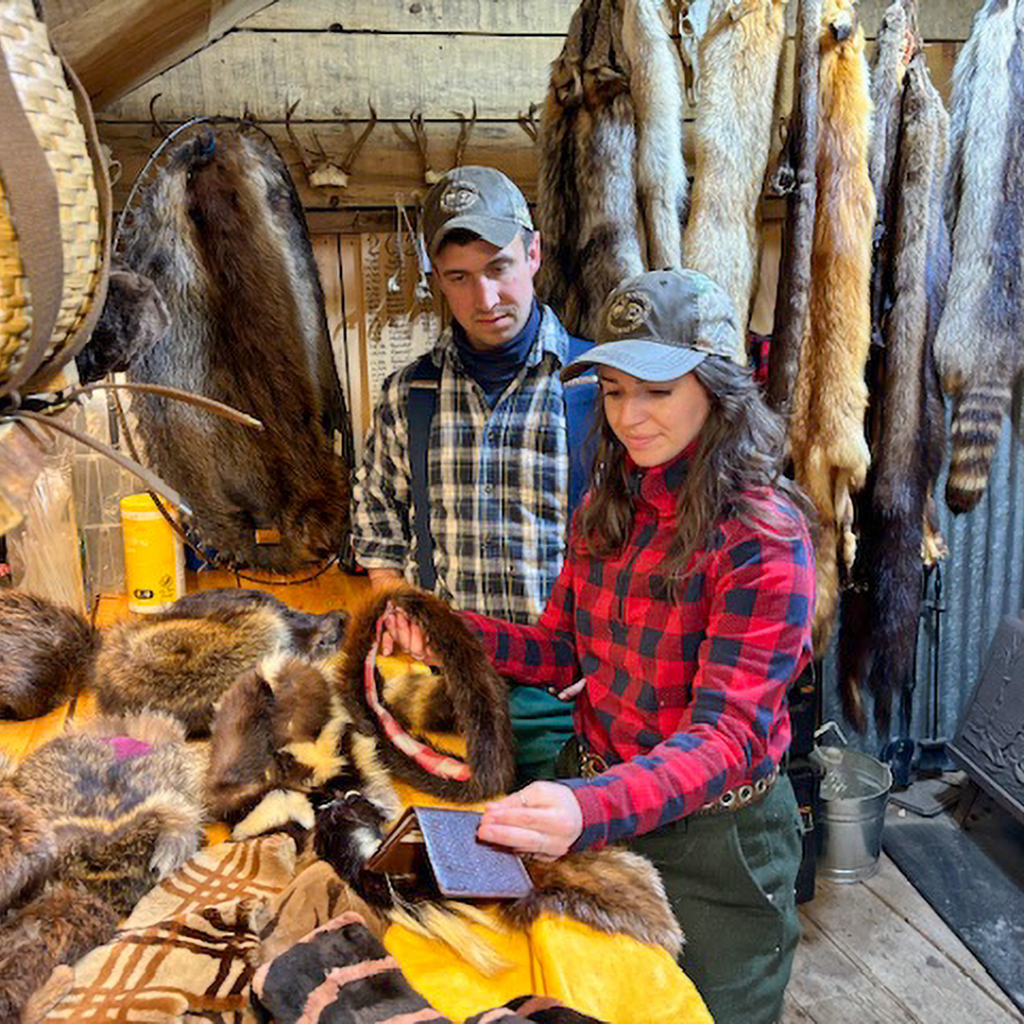River Otter Revival
Once a familiar sight across America’s waterways, river otters dwindled across much of their native range by the mid-20th century. Today, cleaner waterways, conservation professionals supported by Pittman-Robertson funds, and an evolving understanding of resource management has allowed river otters to reclaim their place in ecosystems.



